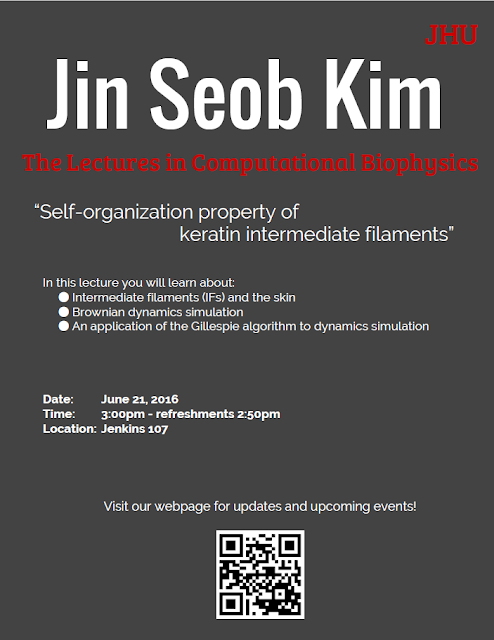Finding the right partner in a crowded world
Mammalian cells contain ∼21,000 genes encoding upwards to 100,000 protein types. 5-40% of cell volume is occupied by macromolecules, posing challenges for cell proteins to locate functional partners and increasing the risk of nonspecific (nonfunctional) interactions. Overexpressed proteins, in particular, will saturate functional partners, leaving leftovers for nonspecific binding instead. Eukaryotic cells have evolved various methods to help proteins function reliably, including compartmentalization, allostery, and structural and chemical properties of binding sites. Cells may optimize specificity as a function of their binding networks; first through concentration balance, next through network structure. Using the Gillespie algorithm, David Holland and Dr. Margaret Johnson from Johns Hopkins Biophysics simulated specific and nonspecific binding in 500 networks of 90-200 nodes with varying topological properties under equal, random, and stoichiometrically balanced protein concentrations. Binding affinities for all specific and nonspecific interactions were determined using a coarse-grained protein sequence model. The research team found out that the concentration balance significantly reduced the number of nonspecific interactions, as did local topological patterns (motifs) that allowed increased difference between specific and nonspecific binding affinities.
To test if these motifs are selected for in real networks, they sampled possible interface-interaction networks (IINs) for the Clathrin-mediated endocytosis PPI network in yeast, using a Monte Carlo algorithm and a fitness function to select for features that allow increased specificity. The fitness function reproduced several features of the real IIN, including fragmentation, a scale-free degree distribution, the presence of square motifs and a low number of chain and triangle motifs. These features differed significantly from unbiased sampling. In conclusion, there is selective pressure on the evolution of real IINs to avoid nonfunctional interactions and that non-optimal features of the real IIN (chains, larger network components) likely serve a functional purpose.
Relevant Publications:
[1]Johnson, ME, & G Hummer (2013) “Evolutionary Pressure on the Topology of Protein Interface Interaction Networks.” J Phys Chem B 117:13098-106.
[2]Johnson, ME, G Hummer (2013). “Interface-resolved network of protein-protein interactions.” PLoS Comput Biol 9(5):e1003065
[3]Keil, C, E Verschueren, J Yang, & L Serrano (2013) “Integration of protein abundance and structure data reveals competition in the ErbB signaling network.” Science Signaling 6(306): ra109 [4]Johnson, ME, & G Hummer (2011) “Nonspecific binding limits the number of proteins in a cell and shapes their interaction networks.” PNAS 108(2):603-8.
[5]Zhang, J, S Maslov, & EI Shakhnovich (2008) “Constraints imposed by non-functional protein-protein interactions on gene expression and proteome size.” Mol Sys Biol 4:210
[6]Vavouri, T, JI Semple, R Garcia-Verdugo, & B Lehner (2009) “Intrinsic protein disorder and interaction promiscuity are widely associated with dosage sensitivity.” Cell 138: 198-208.
_________________________________________________________________________________

David Holland received his B.Sc. in Biomedical Engineering from the University of Virginia in 2011. After graduating, he joined the department of Biomedical Engineering at Johns Hopkins. He is currently earning his Ph.D. under Margaret Johnson where he studies the effects of protein abundance and protein-protein interaction network structure on protein mis-interactions. In his spare time, David practices taekwondo and is also teaching a course on network science.











































